Canadian exploration geologists have been at the cutting-edge of developing guidelines and techniques to locate ore bodies rich in gold, copper, silver, lead zinc and others. Over many decades, they accumulated knowledge about how to find these minerals and more recently they have adapted expertise in diamond exploration with the discovery of diamonds in the Northwest Territories. However, gemstone exploration, with the exception of diamonds, is quite uncommon in Canada. More than ten years ago, emerald mineralization was discovered in the Yukon, Northwest Territories and Ontario which generated a brief period of interest. There have also been a few sapphire discoveries in British Columbia, Nunavut and Ontario. These discoveries lead to a number of scientific papers being published and a heightened awareness of the gemstone market. But this is still a speculative and unfamiliar market for all parties involved in the private and public sectors.
Gemstone deposits can be found by using the same basic exploration techniques prospectors currently use to find base metals or even diamonds. Some of these basic techniques that can be adapted to gem exploration include soil sampling, heavy mineral sampling and mineralogical studies. However, one of the key factors in finding gemstones is recognizing gemstones in the rough. There are a few books available which may help explorers recognize rough gemstones, but experience with real rock and mineral samples is extremely useful. A trained-eye is critical in making a gemstone discovery as is an understanding of the formation conditions and potential host-rock for gem-quality minerals.
Most colored gemstones are found in a type of intrusive igneous rock called pegmatites. Pegmatites are distinguished from other igneous rocks by their extremely large and variable size of the rock-forming minerals. They have an abundance of crystals with skeletal, intergrown or other strongly directional growth habits. Pegmatites tend to be enriched in normally “rare” elements such as lithium, beryllium, tantalum, niobium, yttrium and others.
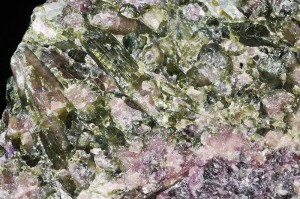
Within pegmatites and other rocks, “miarolitic cavities”, may host gem quality minerals. Miarolic cavities are open or crystal-filled cavities. These cavities start out as fluid or vapor-filled “bubbles” formed within crystallizing magma. This space created by the “bubble” allows larger crystal growth and the possible formation of gem-quality minerals within.
While miarolitic cavities are great indicators of gemstone deposits in-situ, many gemstone deposits are alluvial or fluvial, occurring the river gravels and other sediments. The more valuable gemstones are very hard (>8 Moh’s Scale) and can withstand the weathering processes better than other minerals. They may show up as brightly colored pebbles in river sediments that accumulate by gravity and size.
Instruments for Gemstone Prospecting
In addition to having a trained-eye, geologists can use a variety of tools to help them identify gems in the field. A thermal testing probe can be used to identify diamonds and corundum (ruby and sapphire). This probe measures the “thermal inertia” of a gemstone. Thermal inertia is the speed at which the surface temperature of a material can be changed with the application of heat and the probe measures the heat transfer per second. Thermal testing probes can be used in the field and gives a semi-quantitative analysis by the use of a meter. Diamonds have the largest thermal inertia, followed by corundum (ruby and sapphire) and then by topaz.
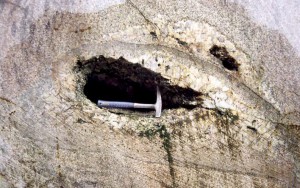
Another practical method of prospecting for gems is through the use of pans and screens, not unlike the equipment placer miners use. Most gemstones are heavier than more common minerals like feldspar or quartz. An ordinary box screen used in gold exploration can be used for gemstone prospecting. These box screens can be inexpensively constructed or bought to separate gem minerals from soil, gravel or clay. Prospectors can also construct a sluice box to quickly sift through gravel and other materials.
Lastly, gem prospectors can also use a portable ultra-violet light to distinguish between gems. There are a number of portable models which emit both longwave and shortwave radiation. Rubies will fluoresce red or orange under short and long wave UV light, while similar-looking garnets don’t. Diamonds typically have weak to strong blue fluorescence. The tools and instruments I listed above are by no means exhaustive and there are many additional tools to aid in gemstone exploration.
While there are rich deposits of gemstones in many parts of the world, Canada is not on the map in terms of producing colored-gemstones. Still, there have been some hints of potential and small discoveries that have managed to generate continued interest from prospectors, rock-hounds and geologists alike.
Further Reading
Popular Geology: “Gemstones” – Natural Resources Canada 2007 (PDF)
Exploration Criteria for Coloured Gemstone Deposits in the Yukon
Prospecting for Gemstones and Minerals (John Sinkankas, 1976)
Rockhound and Prospector’s Bible, (L.J. Ettinger, 2013)
Gemmology (Peter G.Read, 1991)

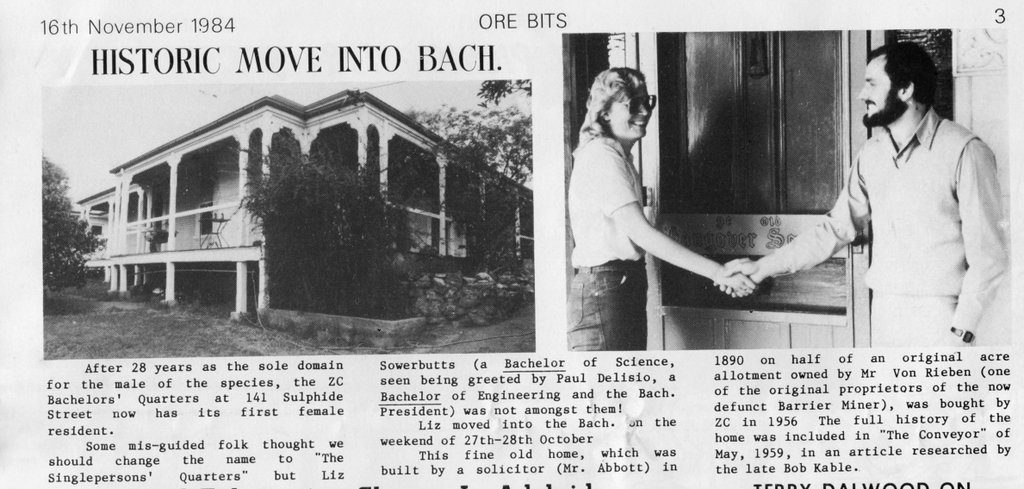
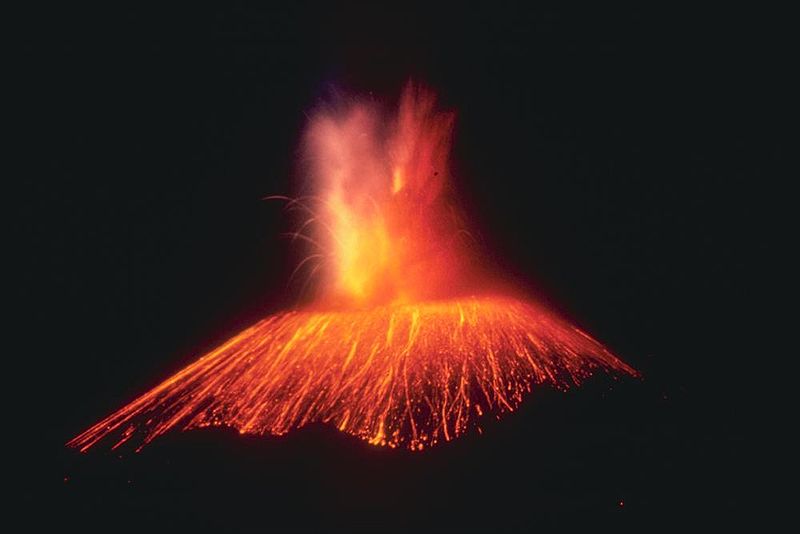

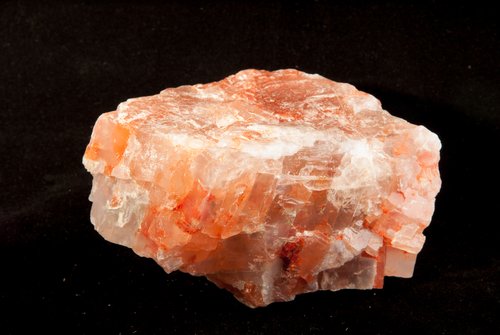
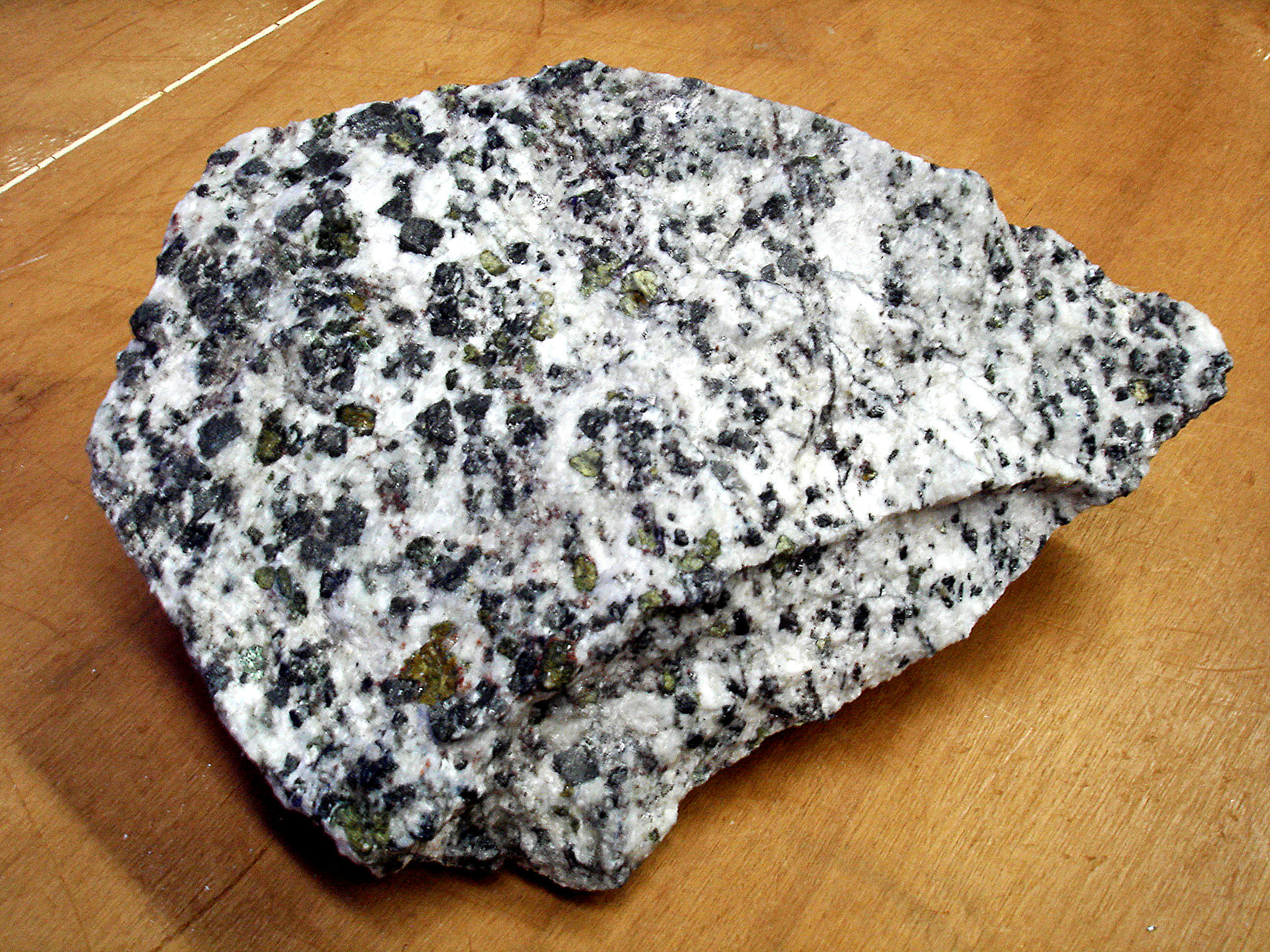
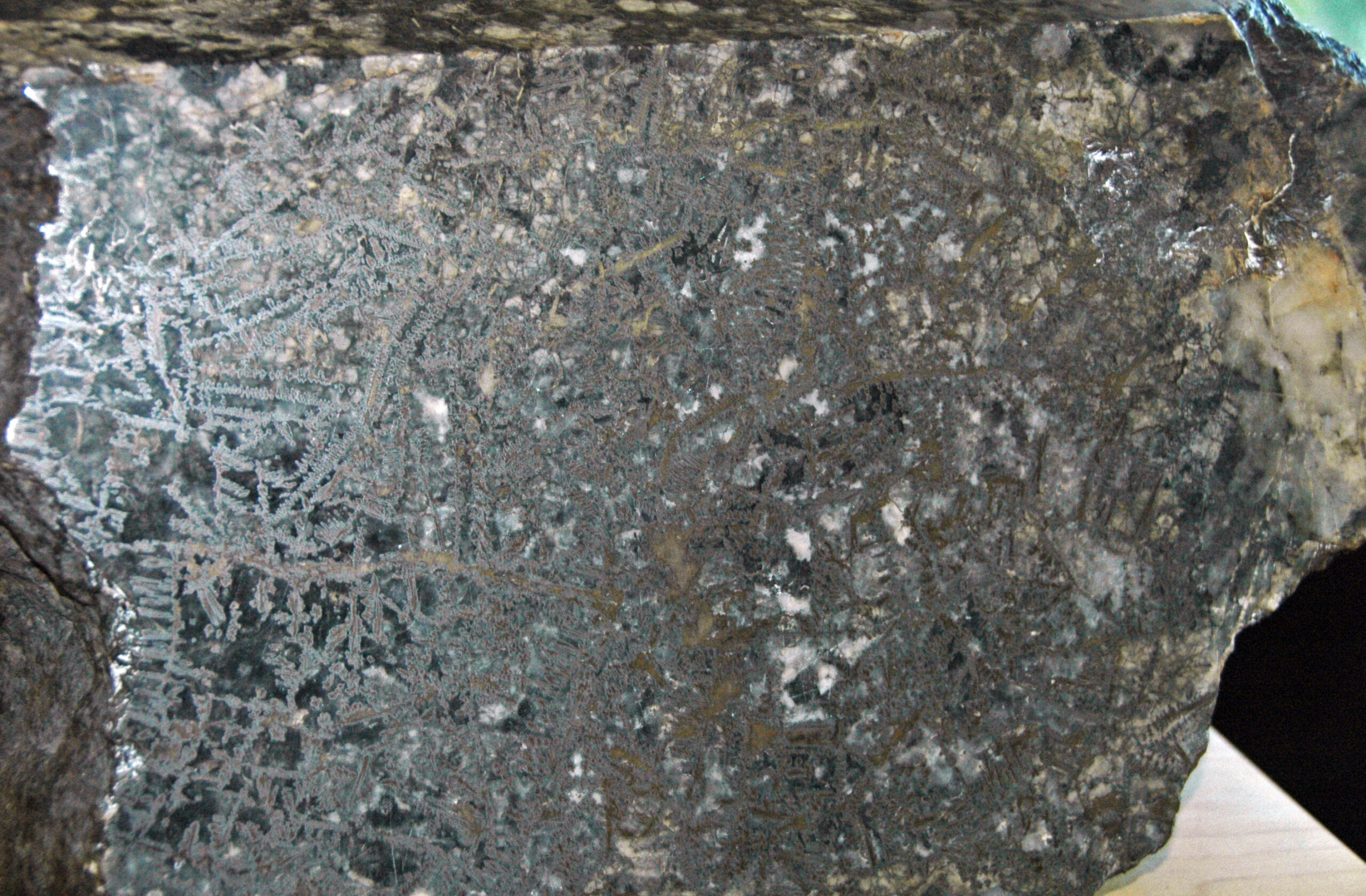



Nice Write up, Its quite a revelation to know that Emeralds and Sapphire Gemstones have been found in Canada. It is quite a surprising find since traditionally Sri Lanka is Known for Sapphires and Colombia and Zambia for the Emeralds. Maybe these small discoveries may lead to something big